The Future of Work – The world of work is changing. Technologies like Artificial Intelligence, Automation, and Robotics are making will make this shift as significant as the mechanization in prior generations of Agriculture and Manufacturing. While some jobs are being obsolete, many other new opportunities are getting created, almost all the roles will change or evolve.
Having said that, the research, insights, and innovative ideas that are shaping the future of work are veiled behind a shroud of uncertainty, a flurry of dynamic change and a cloud of digital leaps.
But what do the changes mean for the future workplace? What meaning would they hold a decade from now? Are organizations truly prepared for the major trends that would impact the workplace in the years to come?
Despite the general perception of linear progression and a rapid blitzkrieg of change, there is something quite comfortably cyclical about the rise and fall of trends. Though the future of work may often seem risky and uncertain now, it is assuring to that many of the future evolutions of work that we are so used to today, were once mere predictions…or science fiction! If the world of work collectively will adapt, evolve and strive ahead then.
What is the Future of Work?
The future of work is a ubiquitous topic of debate and discussion and not without reason. It is always important to ask “Where are we headed?” especially in an environment as change-centric as ours.
Deloitte’s Global Human Capital Trends report for 2019, as you can see below, provides an interesting slice of insight into trends to watch out for over the ten years to come.

Source: Deloitte’s 2019 Global Human Capital Trends Report
The report, based on a longitudinal survey of 10,000 participants across 119 countries, is based on what professionals today are assigning value to and what they feel are and would be the biggest opportunities and challenges to rise to in the next few years. With these global perceptions setting the context, let’s dive into the ten key future of work trends to watch out for in the next ten years.
What is the Future of Work? 10 Key Trends for the Next 10 Years
The future of work would be born out of the present landscape at work – an amalgamation of the need to change, the desire for speed and the demand for augmented experiences. Here are the ten key trends that organizations should prepare for.
1. Learning to Learn, Unlearn and Relearn
Change presupposes adaptation. With the larger environment and its smaller moving parts undergoing digital and technological tectonic shifts, is it not a surprise that professionals across the globe perceive learning as the most important trend to prepare for.
Hands down we see the connection of learning to performance as being the a-ha moment for L&D. Here’s the crux of it: For high-performing organizations, learning is not the outcome – it is the behavior that drives performance.
Learning and performance management do not merely co-exist – they are dependent on one another. To deliver learning experiences that move the needle on performance, talent leaders need to empower employees to drive their own development with learning that is aligned to the individual, the team and relatable business goals.
Another huge trend to watch out for in organizational learning is “the growing sense of urgency to address gaps in the readiness of the workforce to execute on the digital agenda. With the introduction of new roles, the elimination of outdated roles, the increased scope of responsibility in key roles and the removal of management layers, the challenge around talent readiness is enormous.”
Learning is inextricably connected to the workings of any organization, more so today than ever before and the way organizations learn is changing.
Learn More: 5 Key Learning Management System (LMS) Trends in 2019
2. Driving Employee Experience
We live experientially. The rising importance of the user interface has extended to the workplace as well. At work, however, the employee experience is not limited to the technological interfaces alone – every interaction that an employee has with the organization right from the stage of candidacy to when the employee leaves or retires.
At the crux of all business transformation, there are people, not technology. To enable any change, at any level, organizations need to keep in mind the experience they offer to their employees, the relevance the transformation can and will hold for their people. They also need to craft strategies that enable people to do meaningful work (for them and for the business). The culture at work and how diversity is managed becomes all the more important and the focus shifts to the individual.
With technology paving the way, organizations need to adapt to the kind of experience employees want. All aspects of talent management and people metrics would need to have not just the business goal in mind but also the goal of providing engaging employee experience.
3. Talent Mobility v/s Stagnation and Complacency
The Echelon Group’s definition of talent mobility as, “the practice of moving people within an organization, in hopes that new skills will be gained and sharpened through the employees’ new roles and responsibilities” hits the nail on the head. In the present race for talent, engagement is the key to holding onto the right employees. In order to engage employees long-term, there needs to be a culture that fights career stagnation and role immobility. Allowing workers to move within the system, find their niche, have the allowance to switch and find a new niche to reinvent their skillsets is a great way to help employees grow and to retain them. This holds especially true in an ecosystem with a rising alternative workforce.
Employees are now choosing a job based on the level of work flexibility it offers. Thus, quickly becoming an important parameter for job-decisions, talent mobility will drive the quality of employee engagement as well as that of the workforce. “This is a trend that shows no signs of stopping. Thirty-eight percent of hiring managers predict that their employees will work predominantly remotely in the next ten years,” Allowing remote-work could be an effective way to communicate to present and future employees the organization’s openness to incorporate the individual’s preferences and growth needs into the job role.
4. The Evolution of Leadership
With the work, worker and workplace changing, leaders and styles of leadership need to evolve as well. With the decrease of age-based seniority, the growing importance of building relationships in building employee engagement, the generational shift in the workplace majority. Redesigned managerial structures and the universal culture of agility, the kind of leaders that organizations need and want has changed. This is not merely because of the millennial boom but rather due to a mix of all the factors stated above.
Workplaces will need to be employee-centric, there is no longer any specific size that fits all. Many workforces are now virtual, work at home is a normal day at the office, teams assemble and dis-assemble based on projects with no fixed roles or titles but instead matching competencies for project needs. The leaders to come thus need to be able to deal with such a workforce build effective relationships and create a winning strategy every day. The more human-centric leadership skills will be the greater priority in a world that gets progressively dependent on Artificial Intelligence (AI), Machine Learning (ML) and newer technologies.
5. Faster, Better, Simpler HR Technology
With AI and ML making inroads into core and subsidiary HR functions, the future demands better integration. 60 to 70 percent of organizations today say that they use AI to enhance valuation. Being able to adopt technology is not always about a mindset shift or reluctance but rather an issue of budget and authority.
With HR tech becoming a trend that organizations need to adopt and adapt effectively, both the enterprise mindset and budget planning needs to be in favor of the smoothest transformation. This applies to the selection of the right human capital management (HCM) tools and suites as well.
HCM’s today have to be predictive in nature interpreting and making connections with data, easy plug and playable and competency-centric. By predictive, it should have an employee engagement bot that talks to a learning and development system (because one of the stickiest measures of engagement is how much someone thinks they are learning) and send off warning signals when either one goes haywire. A good HCM system should also allow easy plug and play features. That is where the future of HR tech needs to lead organizations – towards work that is easy, smart and engaging.
Learn more: The Definitive Guide to AI in Employee Engagement
6. Creativity, Collaboration, and Communication
The future of work demands that organizations invest in creating a culture where creativity thrives, collaboration is facilitated and communication is encouraged. The current trend of leading by example requires this cultural shift to be driven top-down with the effective involvement of C-suite employees. Collaboration not only refers to the cooperation between teams and functions but also between business leaders and HR heads.
The importance of the role of HR in making the AI revolution and the digital transformation a dual success. CHROs need to take a bolder stand and be true business leaders instead of being service delivery executives or even just business partners. The onus of business transformation thus needs not only to be partnered by but also co-led by the HR.
Being a part of the AI revolution is an active decision to make and to stick by. Businesses thus need to make a shift and focus on the resources-mindset-data triangle to reap the benefits of the revolution that is near.
Learn more: What Is HR Digital Transformation? Definition, Strategies, and Challenges
7. From Wellness to Happiness at Work
The three most important reasons for organizations to embrace workforce wellness are:
- Employees expect and demand that their place of employment offer this benefit. Millennials, which comprise the largest share of our workforce today, choose where they work based on a company demonstrating that it cares for them. An important way to show that care is by offering a comprehensive wellbeing program.
- Bottom-up wellbeing programs are an essential tool to foster workforce collaboration and cohesion, which leads to strong, vibrant corporate cultures.
- When implemented correctly, wellbeing programs can save organizations a lot of money in healthcare costs, decreased absenteeism and presenteeism, and even decreased employee attrition.
The importance of mental and emotional health at work is gaining increasing traction and not without reason. With AI-enabled tools to monitor and guide employee health better, the trend of creating a healthier and happier workforce is actively guiding organizational decisions.
8. The Rise of “Superjobs”
“Superjobs” as the natural outcome of our collaborative transformation. Organizations need to start preparing for the skill-requirements of tomorrow and ensure that their employees are ready to rise up to the challenge. Creating an adept and agile talent pipeline rests on an adequately skilled workforce that can collaborate with the latest technology. As AI gears up to augment jobs, human roles need to be augmented as well. Organizations will need to relook at the implications of the transactional aspects of work being done away with and even strategic decisions being aided.
Thus, with jobs evolving to superjobs that set the context for skill-development, basic processes and our understanding of them would predictably go through some tweaks as well. This is a trend that is separate from the more widespread updating in learning and development processes because this has to do with the modification of jobs, tasks, and roles as we know them.
9. A Treasure Trove of Data
Today, our data universe defines who we are, and every digital experience that comes our way is based on and tuned to our data identity. Even companies like Twitter use algorithms to make precise assumptions about our gender for example simply based on our activity on the platform. All, this, just to experience a world that is more personalized – more us.
What implications do innovations such as these have on the work-worker-workplace ecosystem? Employees also seek individualized interactions from every aspect of work. We look for immersive experiences in what is “no longer an Internet of Things (IoT) but rather an Internet of Me (IoM)”, the interface of information is changing how we interact with technology. As we move from a digitized environment to a datafied one, organizations need to be able to keep up with this abundance of data in order to avoid scarcity of information.
This is what businesses of the near-future would need to mine intelligently to deep-dive into a ready, on-demand pool of information to make better decisions, create happier workplaces and lead to greater business success.
10. Winning with diversity
With data analytics and AI-enabled tools striving to create decision-making as prejudice-free as possible, a mature conversation on diversity appears to be a quickly evolving trend. More companies today are coming forward to recognize the need for proper diversity education and not just sensitization. With that, the dialogue has shifted from having a laundry list for diversity and inclusion (DI) initiatives to more meaningful and actionable plans that could actually make a difference.
“Inequity in the workplace breeds lack of consumer loyalty while inclusive cultures can yield a stronger customer base,”
Taking a DI stance on recruitment was one of the first efforts started albeit to score brownie points as an employer brand. Whatever the motivation might have been, it was a much-needed journey to start and one that will hopefully only pick up the pace till diversity becomes an organic part and parcel of any organization. While candidate assessment is not a new concept, using AI to help speed up the recruiting process is still in its nascent phases. As more companies continue to bet big on AI to help them overcome unconscious biases, it is crucial that HR leaders work with AI throughout the hiring process, rather than relying on it to solve institutional bias.
With diversity, despite the multiple strings of conversation around the topic, the process has been relatively slow since stereotyping, being prejudiced and exercising bias are all thought and behavior patterns that are evolutionarily entrenched in us. That said, the trend is surely on the rise and with technology adding more impetus to it, the coming decade could hope to see the momentum picking up as newer demographic compositions start working together.
While these are the key trends we see growing to impact the workplace in the coming decade, the world of work is a dynamic macrocosm where even the smallest changes, lead to big differences and subsequent trend waves. However, what organizations need to ask themselves is whether they are happy playing catch-up or ready to lead change.







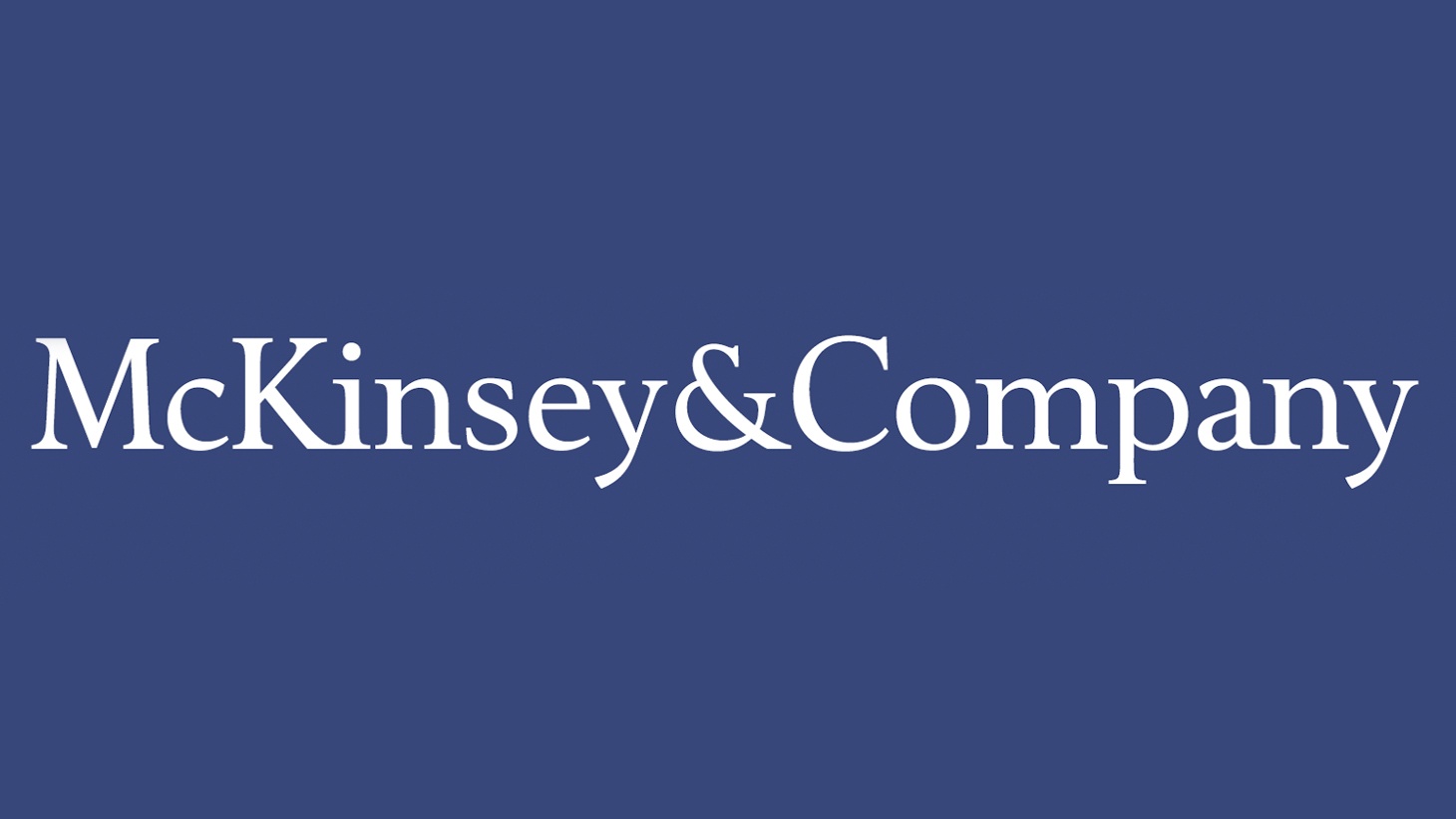

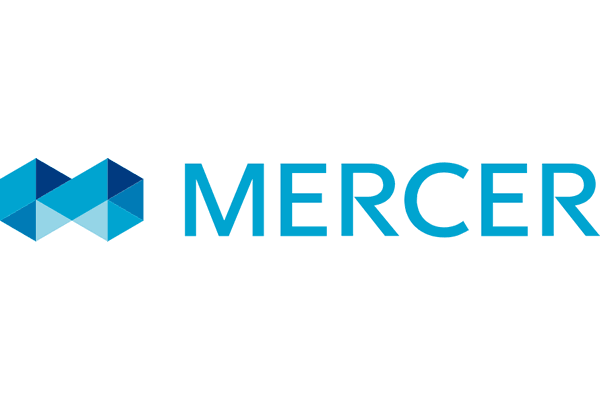

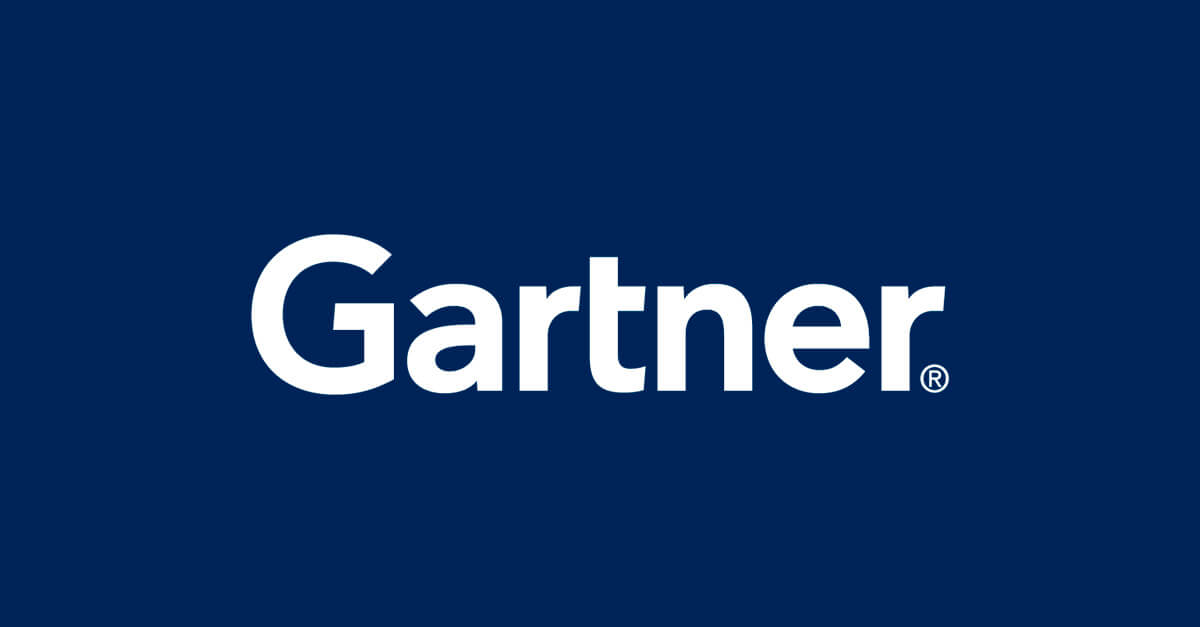
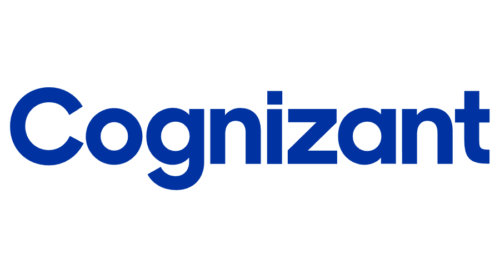

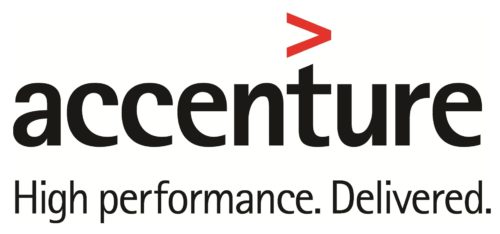
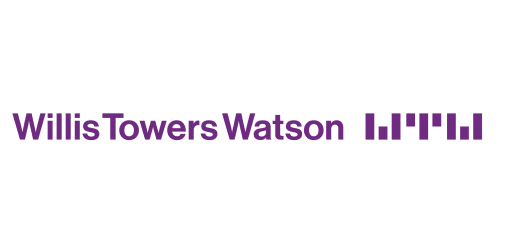
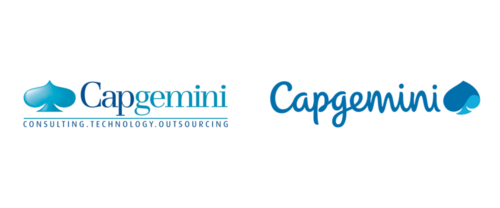

Leave a Reply